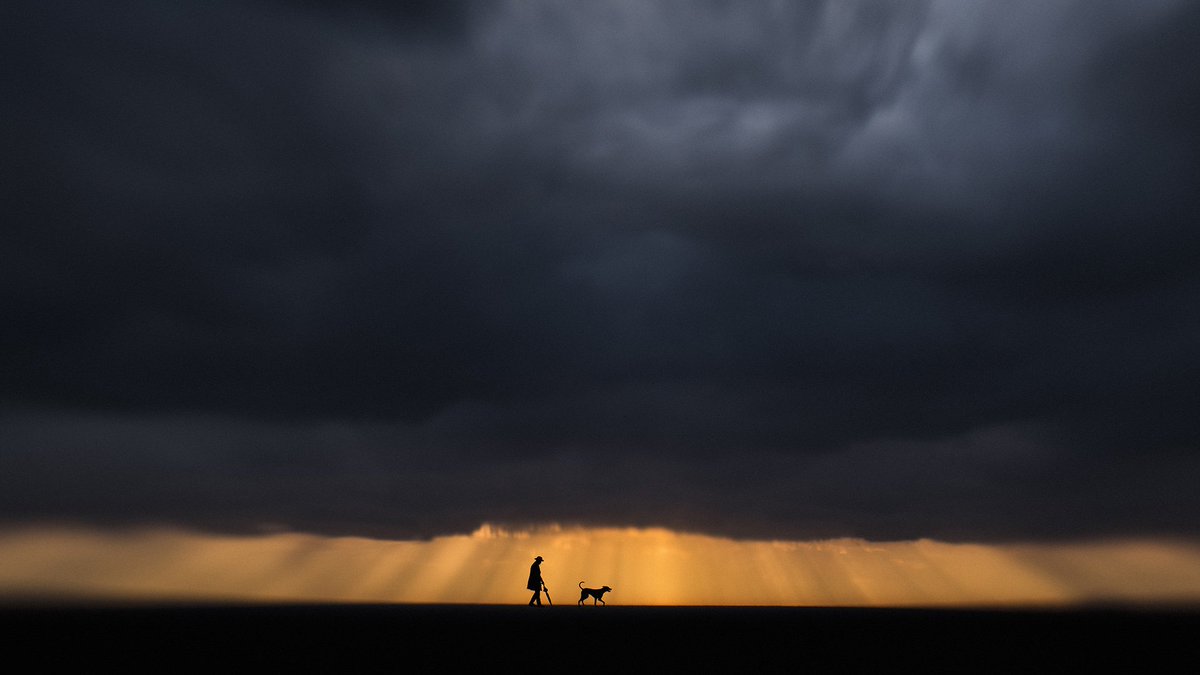The city streets are deserted at night. The silence is unnerving and, contrary to what I expected, proving to be a hindrance to peaceful slumber. During the day, there is some life – a few shoppers, essential workers, runners etc. – but, more conspicuously, vagrants. News report s assured us that the homeless were all safely accommodated in council-provided emergency hostels (though how such places were so swiftly set up is a mystery when, for years, it has been seemingly impossible). In any case, vagrants roam the streets, as before, foraging for money, food, drugs or solace, but with an enhanced air of menace about them. Often, the beggars outnumber potential donors and the sight of ragged clusters of them, loping urgently along with fixed intent in their eyes and apparent disregard for physical distancing, is an image of dystopia. One morning, I observed a delivery driver chasing off a group of three such people who had attempted to steal from the back of his van. Fortunately, they were easily dispatched, unlike the ravaging zombies he might have encountered in the Hollywood version of the end-of-civilisation. With that, and my having just finished Doggerland, a novel which describes a desolate future in which humankind scavenges an existence from what remains of its technological heritage, it feels as if the fi in sci-fi is about to become reality. It has put me off my nascent interest in the genre and sent me back to the comforting refuge of the historical novel.
I also have a non-fiction book on the go at any one time, which, until yesterday, was At the Existentialist Café, an account of the eponymous philosophical theory developed by Sartre and de Beauvoir. I have tried tackling it before and run out of steam. This time I persevered for an hour or so before concluding that I had no real stomach for the massively detailed esoteric conjectures of western philosophical traditions and that, even if I did, it would be hard to justify the time required to get to the bottom of things, given the more pressing issues raised by the raging global pandemic. To clear my head, I went out for my solitary walk, taking care to avoid the zombie hordes but narrowly missing collision with a speeding scooter rider who came at me on a blind corner. Another sign of lawlessness breaking out, I thought, but, reassuringly, he stopped, apologised profusely and committed to taking more care in future. For now, at least, civilisation prevails.
Walking city streets may seem a sad substitute for yomping in the open country but there is scope for both delight and tedium in both environments. A walk in monocultural countryside can be just as dreary as a trudge through a dull cityscape. Fortunately, this particular city, with its rich Victorian architectural stock and its ongoing, large-scale contemporary developments, has much to offer in the way of interest. I had taken with me a pocket telescope so that I could get a closer look at some of the architectural details, particularly the Victorian ornamentation, much of which is neck-achingly high-up, and I was intrigued by what I saw. All those carvings in stone, mouldings in glazed terracotta and statue s perched on pediments or tucked into niches that I had been aware of but never studied, apparently represent our forebears’ pride in their heritage and values. Coats of arms are everywhere and several buildings are adorned with tableaux of figures representing art, science, trade and industry, each one holding the tools of their respective profession. The funny thing is, they are all women. So, if – after the destruction of our civilisation – any hapless survivors, generations down the line, dig them up from the ruins, they’ll probably get quite the wrong idea of who used to be in charge around here.
………
Visit Joe’s website here.
